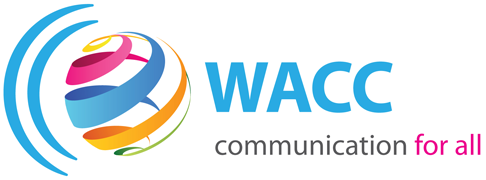Posted at 00:00h
in
Comment
[vc_row css_animation="" row_type="row" use_row_as_full_screen_section="no" type="full_width" angled_section="no" text_align="left" background_image_as_pattern="without_pattern"][vc_column][vc_column_text]Civil liberties are most fragile during times of crisis. As conflict the world over has shown, digital communications infrastructures can easily be used to censor, to silence, to monitor, and ultimately to sanction.
In China, WeChat and Weibo are extremely popular. China introduced new laws and hired hundreds of people to monitor content on these platforms, forcing netizens to be vigilant and to self-censor. The Chinese government claims that monitoring cyberspace betters society, but many believe that the authorities have an ulterior motive: suppressing alternative views and dissent in public and in private.












